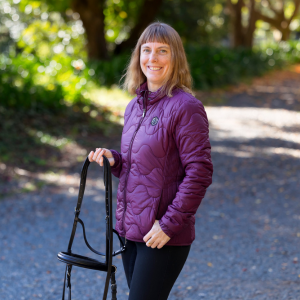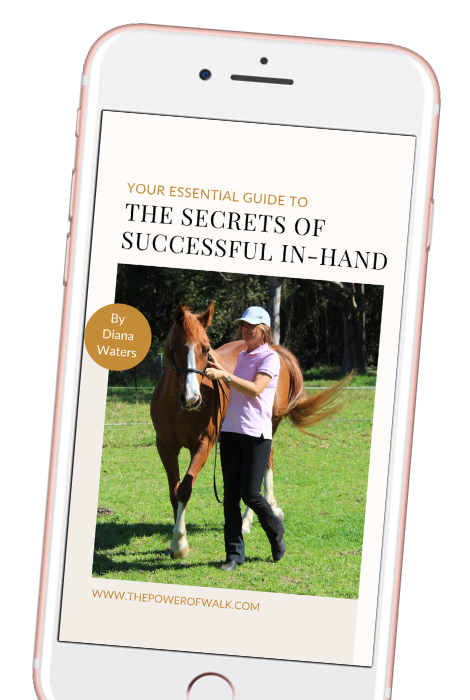The Aids
What are the aids to turn? To go sideways? To stop or go faster? The way that aids are taught are often shrouded in mystery. I think this is because firstly there is a lot to an aid – how it is applied, where it is applied, the timing of the application and the timing of the release, the maintainance of balance in the rest of the body.
Then as the horse and rider become more and more in tune and educated, the aids become more and more subtle.
Most people have a good awareness of their hands and legs and find it fairly easy to apply rein aids and leg aids. The timing and application of these can be easily taught.
Many people are not used to feeling into their bodies and noticing the subtle distribution of their weight. If we can’t feel where our bodies are, and whether or not we are straight, then we won’t be able to apply weight or seat aids. So people trying to apply them end up leaning, or pushing with the seat. People will say things like “put more weight in your inside stirrup/outside seatbone” or “engage your seat” but if we try to do that it feels clunky and we lose connection.
Somebody asked me what aids I use when asking for lateral work in the school walk. I had to really stop and think. When I first taught it, from the ground and then under saddle, I could describe my aids. However, the more connected and advanced we get.. with school walk being the epitome of connection.. the harder it is to describe to someone else. It feels as if my brain is connected to the horse’s body, and he just goes where I think.
It sounds a bit airy fairy – is the horse really reading my mind? The answer is no – he is just super connected to my weight aids. On foot, if I try to turn left or walk sideways, I don’t have to think about where to put my weight. In fact, if I did think about this, I would become awkward in my movement. This is because the well used neural pathways have formed with shortcuts, so it is automatic. My brain says walk, and my body makes the adjustments needed to my weight and balance which enable me to walk, without being conscious of how this happened. When I am on a horse, these exact same changes of weight are taking place, as if I was on foot. If the horse has let me into his back, he moves beneath these subtle changes of weight to keep in balance. His body also already knows how to do this, so as long as my balance connects perfectly with his, he will move where my brain tells him to.
So.. if you want to know how to use subtle and invisible weight aids, the best starting point is to physically walk through the movements and get used to what it feels like in your body. You then also need to build your physical and emotional connection and synchronisation with the horse so that he lets you into his back. Put the two together, and your brain can directly guide his body. Cool!
The video shows Vikingur doing some lateral work mostly from “subconscious” weight aids: My brain asking him to move directly by thinking in that direction. I’ve picked a “work in progress” example: You can see moments of loss of focus, moments when I forget to breathe and become a little tense, or lose my own straightness and he becomes crooked, moment where he loses his balance a little going downhill on my slopey arena and begins to rush, and that is when you see us come out of connection and then back in again. I choose connection over perfection here, so for example rather than increase aids to make him straight, I allow the mistake and try to regain the connection before realigning his body. But you can also see moments when we are so perfectly connected that I can move him sideways in a leg yield, or into a halt from a thought aid.



